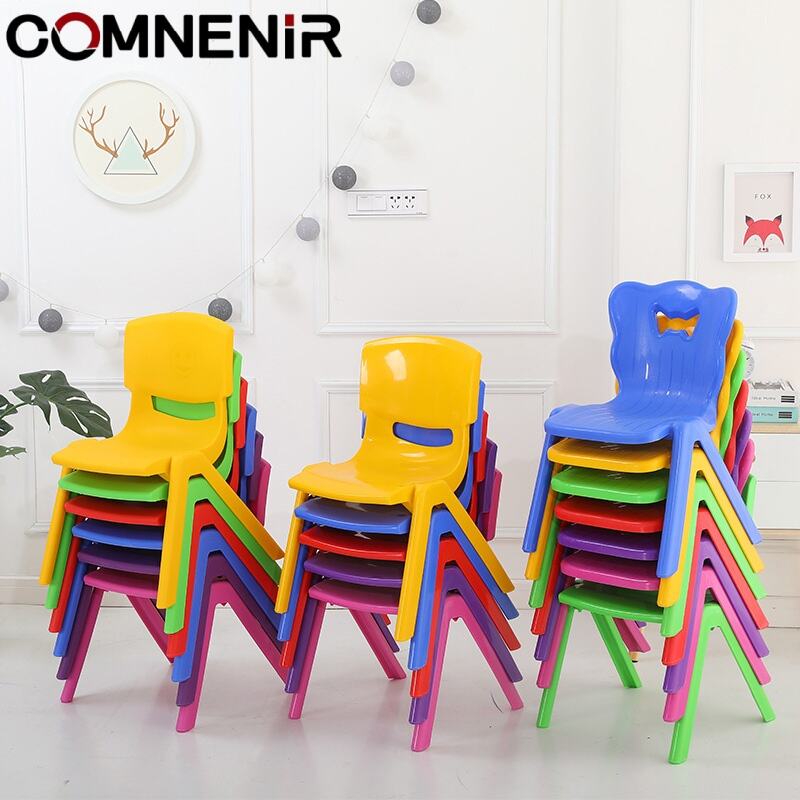lab chairs and stools
Lab chairs and stools are essential pieces of laboratory furniture designed to provide comfort, safety, and functionality in various scientific and industrial settings. These specialized seating solutions combine ergonomic design with durability to support extended periods of work while maintaining proper posture. Modern lab chairs feature adjustable height mechanisms, typically through pneumatic or mechanical systems, allowing users to maintain optimal working positions at different bench heights. The seats are constructed with chemical-resistant materials that can withstand exposure to common laboratory substances and are easy to clean and sanitize. Many models include additional features such as adjustable backrests, footrings for elevated seating positions, and smooth-rolling casters with locking mechanisms for stability. These chairs often incorporate antimicrobial properties in their materials, making them suitable for cleanroom environments and helping maintain sterile conditions. Some advanced models offer electrostatic discharge (ESD) protection, crucial in electronics laboratories and sensitive testing environments. The versatility of lab chairs extends from basic laboratory work to specialized applications in healthcare, research facilities, and industrial quality control departments.


